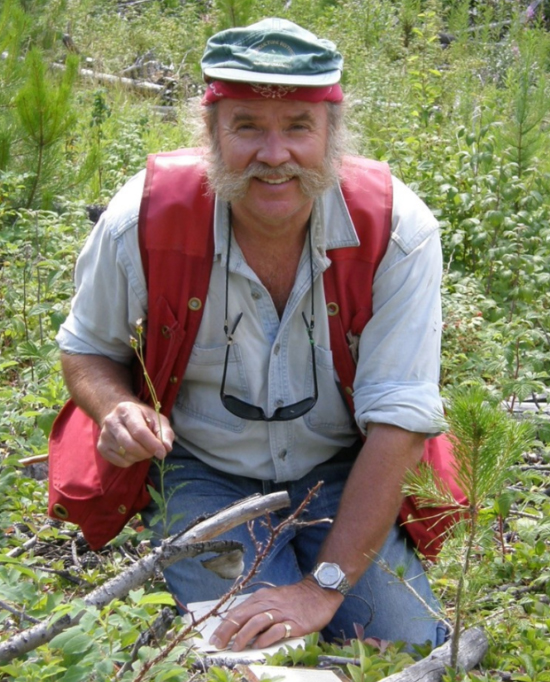Your cart is currently empty!

Tom Sullivan PhD, Director and Research Scientist, Applied Mammal Research Institute
Tom Sullivan is professor emeritus of wildlife ecology and conservation in the Dept of Conservation and Forest Sciences, UBC, Vancouver, and Director of the Applied Mammal Research Institute, Summerland, BC. He has worked some 35+ years on wildlife-forestry interactions and, in addition to woody debris habitat creation, and vole pest management, is monitoring several long-term (30+ years) installations on innovative silvicultural practices including PCT, fertilization, and green-tree retention.
Presentation Abstract
Salvage wood from forests affected by natural disturbances of wildfire, insects, diseases, and drought may provide sources of conventional wood products and bioenergy feedstocks. The primary feedstocks removed from forests as biomass include residues such as tops, branches, and foliage left after harvesting merchantable trees, sub-merchantable stems or whole trees left after commercial harvesting, and salvage logging. However, coarse woody debris plays a major role in ecosystem function and is essential to maintenance of forest biodiversity and long-term site productivity. In particular, woody debris provides crucial habitat for a wide variety of forest wildlife species in terms of foraging, resting, reproduction, and various forms of structural cover.
Regenerated forests take many decades to provide sufficient habitat for some wildlife species and their prey. A continuing problem is the contiguous large openings that accumulate over time. These openings are typically 30 to 50 ha in size from conventional clearcut harvesting but may be 100s to 1000s of ha if salvage harvesting of insect- and wildfire-damaged stands occur. Habitat restoration is much needed in these large openings to provide food and cover during the many decades of forest recovery. Restoration structures include: 1) post-harvest woody debris piles, 2) tree and forest patch retention, 3) maintenance of riparian zones, and 4) a combination of structural retention treatments.
Mustelids such as the American marten and several weasel species are important furbearers in temperate and boreal forests and are negatively affected by conventional clearcutting and salvage logging. All of these structural retention treatments accommodate at least one or more species of small mammal prey and where available should increase abundance and diversity on new clearcuts. Debris piles and riparian sites clearly provide mustelids with cover, dispersal paths, and focal points for finding prey. In addition, it may be possible that one or more of our retention treatments may be combined on-site with one another (e.g., debris piles with green-tree retention or near riparian zones). One or more of these retention treatments is highly recommended to help soften the impact of salvage logging on wildlife and biodiversity.
Here are links to some of Tom’s Reports:
(included in Fall Field Tour booklet) Forest Ecology and Management Publication: Responses of Mustelids and Small Mammal prey to Combined Retention on Clearcuts: Woody Debris, Green Trees, and Riparian Structures
